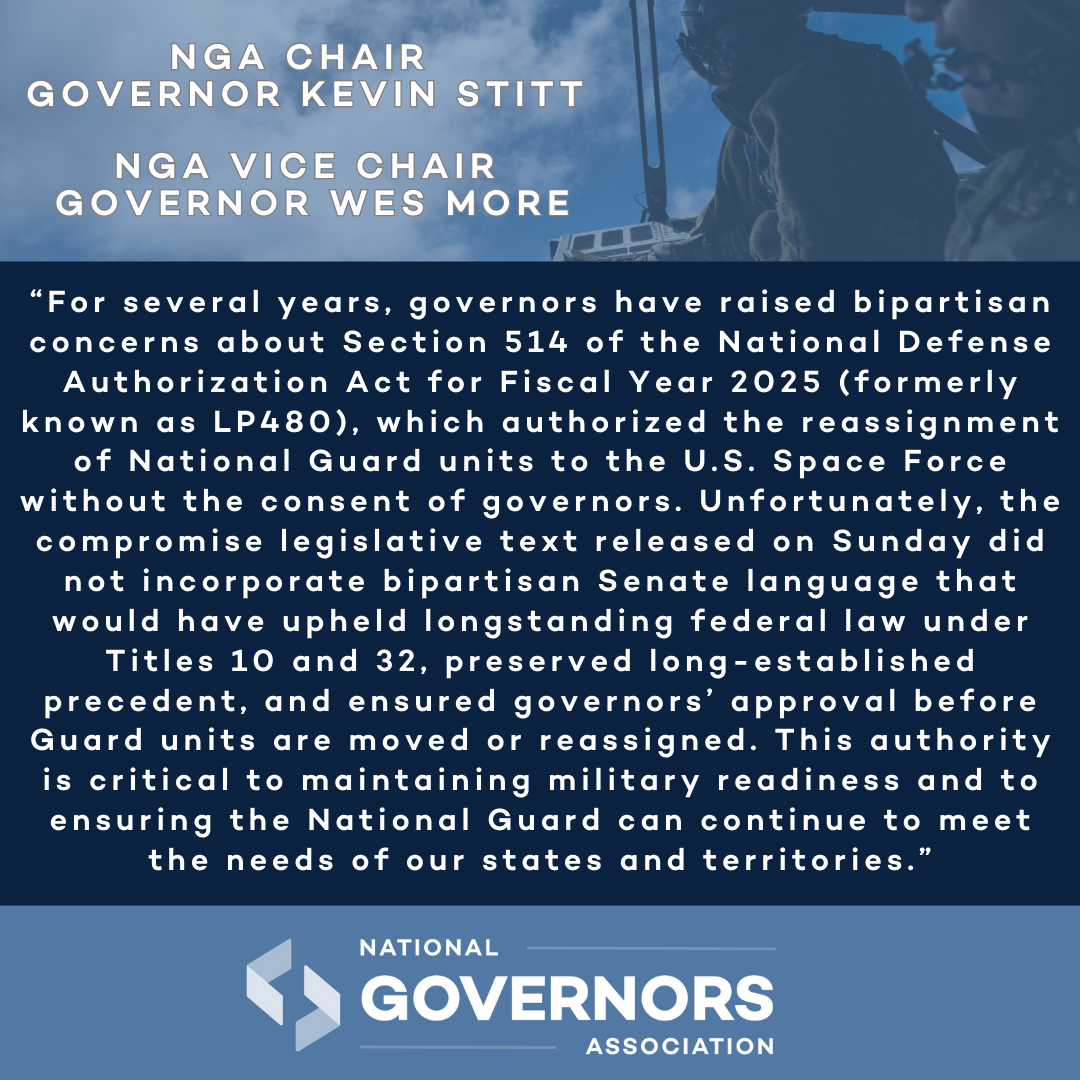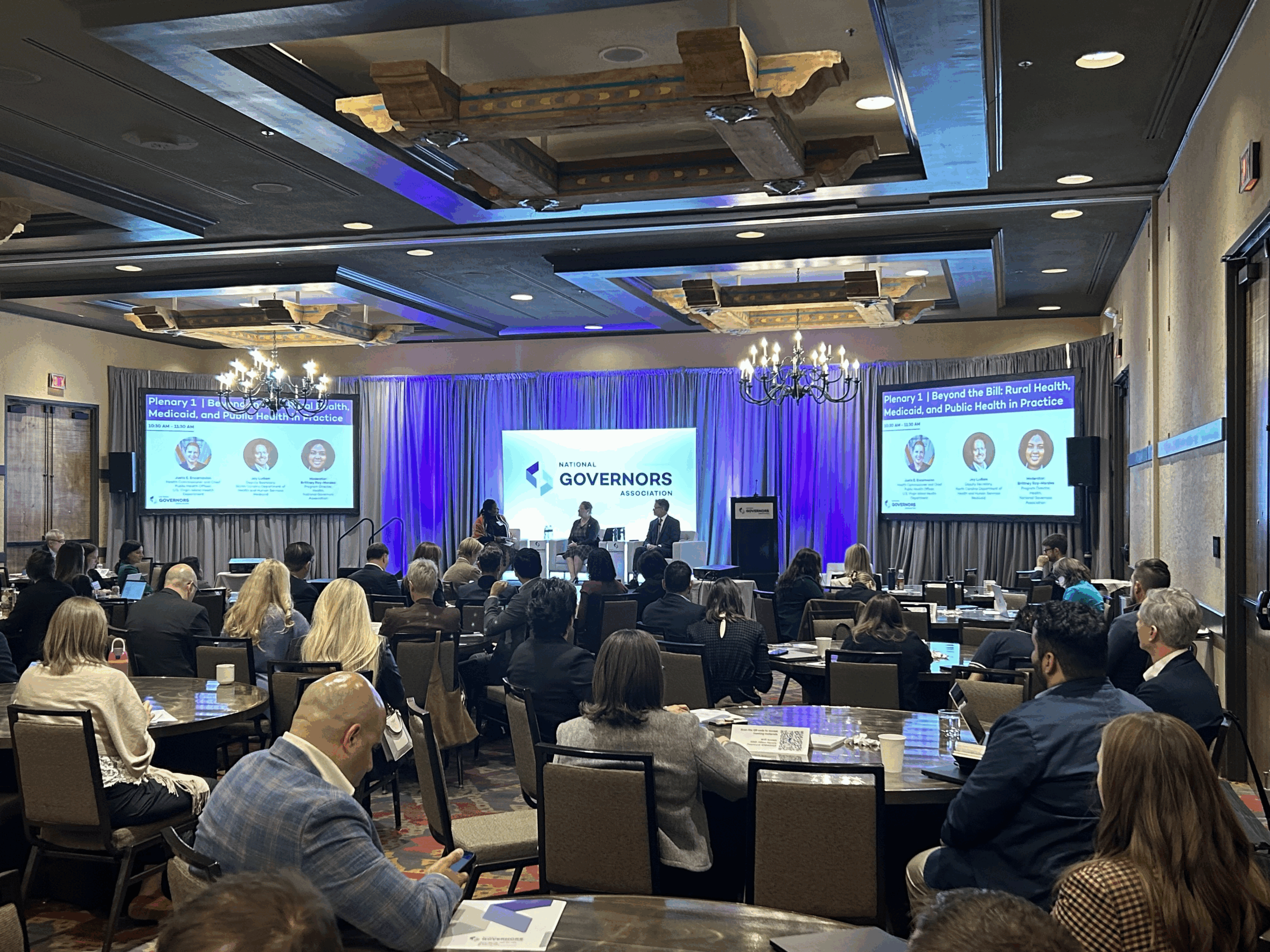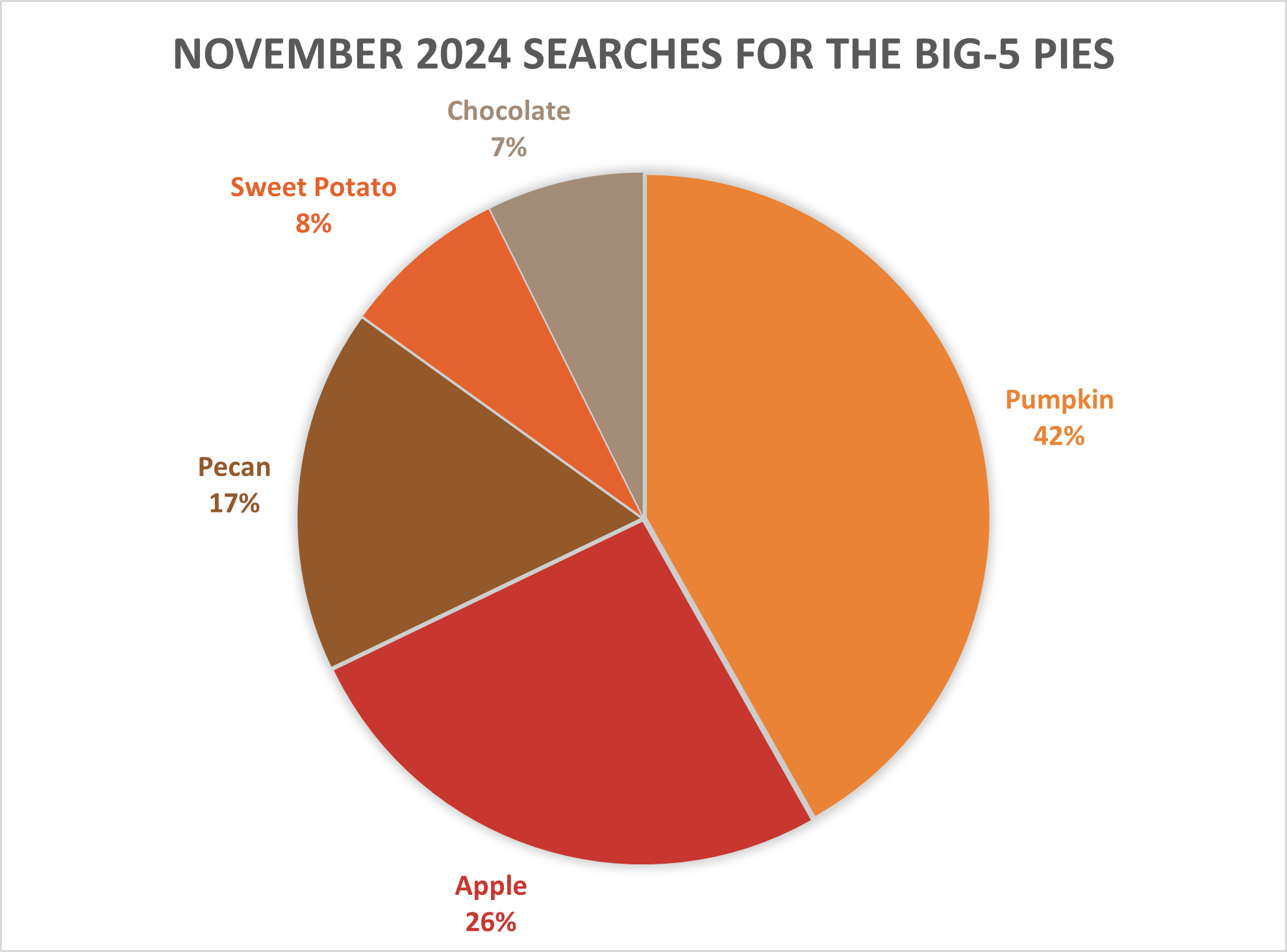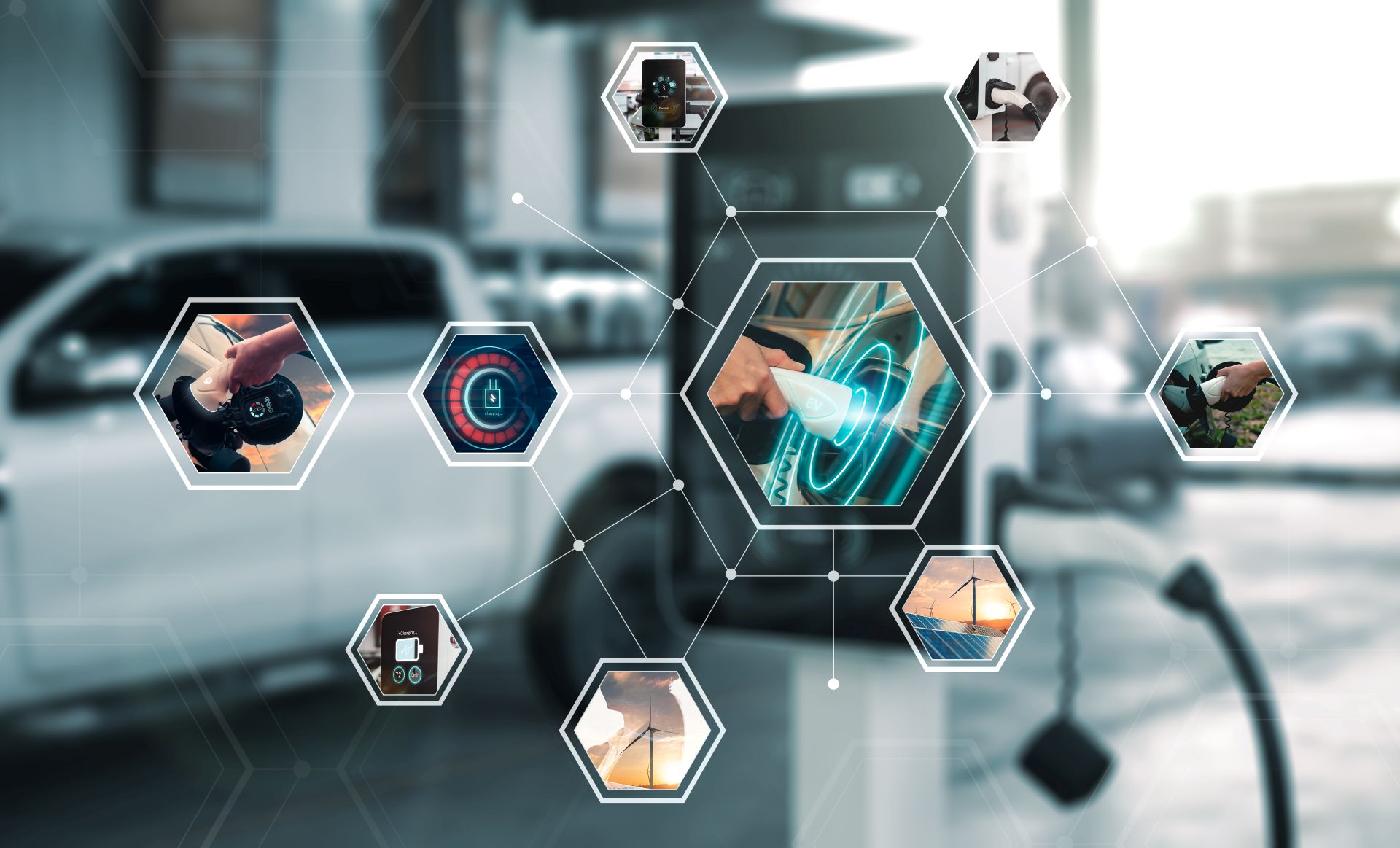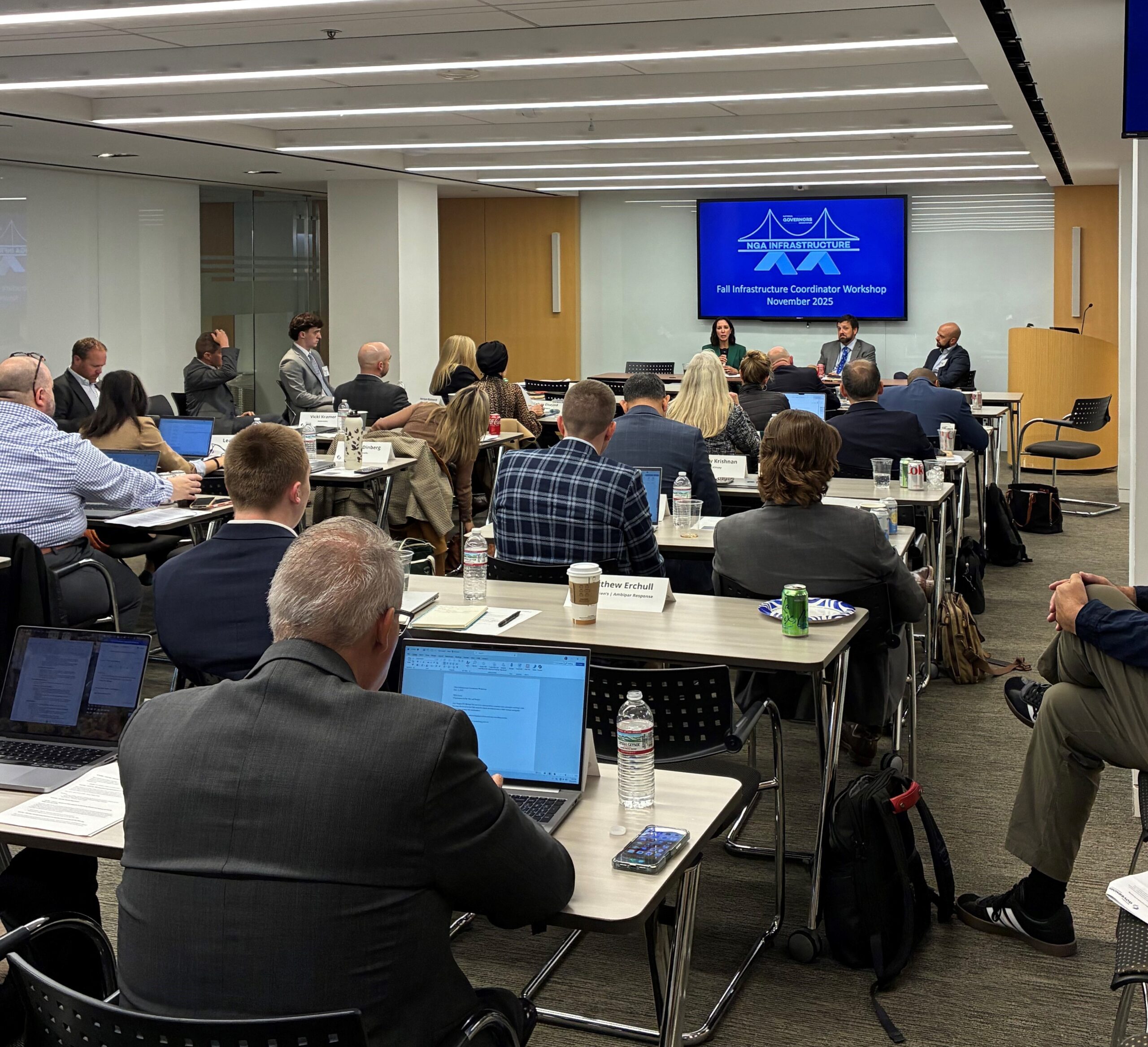On October 9, 2025, the National Governors Association Center for Best Practices (NGA Center) hosted a States Transmission Summit coinciding with the NGA Center’s annual Governors’ Advisors Energy Policy Institute (EPI). A bipartisan group of 26 states and territories participated alongside national experts from the energy sector and national organizations. This event facilitated conversations on how states are addressing the unprecedented electric load growth across the country and what strategies they are using to build the infrastructure to address this growth. To foster these discussions and identify the actions Governors can implement to address transmission needs, NGA facilitated three discussion-oriented sessions with full audience engagement, focusing on the following topics:
- Streamlined Project Siting and Permitting
- Securing Capital for Transmission Projects
- Communicating with Landowners and Communities
Background
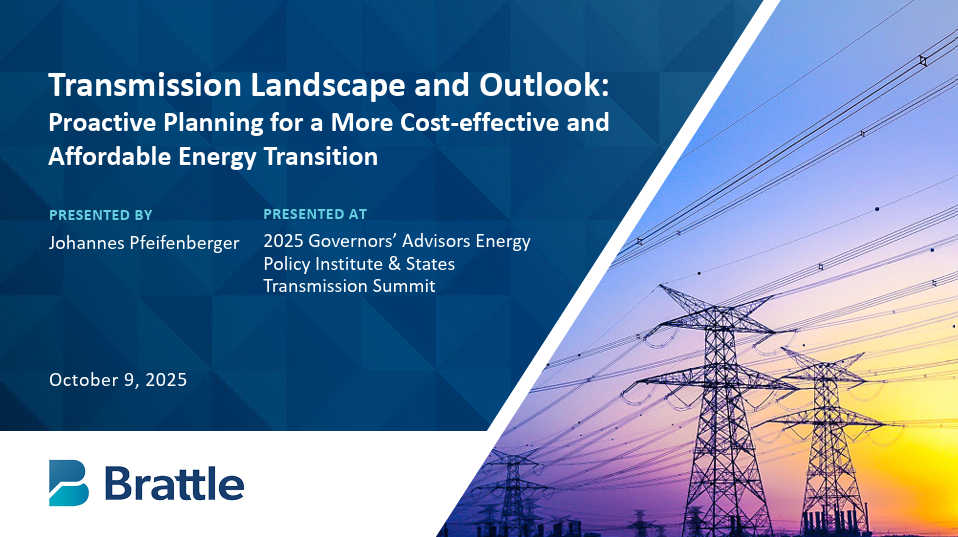
The day kicked off with a keynote address by Hannes Pfeifenberger, Practice Co-leader of Electricity Wholesale Markets & Planning at the Brattle Group, discussing general trends around state leadership on transmission. Hannes Pfeifenberger’s insightful presentation included an overview of the opportunities and challenges facing efforts to build out transmission across the U.S. He highlighted that the U.S. is lagging behind historical norms for transmission buildout, unwelcome news in an era of unprecedented demand increase. At the same time, transmission investment has increased steadily over the past 30 years.
To meet the moment, large customers need to be prepared to shoulder more of the cost of this development, as capital needs exceed the financial capabilities of many utilities, and rising costs being passed to existing customers risks a backlash, creating even more challenges. Solutions discussed included deploying advanced grid enhancing technologies (GETs), upgrading existing transmission lines and building out new transmission. With FERC Order 2023 guidance and emerging best practices from other regions, transmission planning processes could be improved significantly. For example, the following measures can add resources more quickly and cost-effectively:
- Implement fast-track process for sharing and transfers of existing point of interconnection (POIs),
- Identify existing “headroom” at possible POIs,
- Fast-track new POIs for “first-ready” projects,
- Allow for GETs and (simple) RAS/SPS to address interconnection needs,
- Simplify ERIS (energy-only) interconnections with option to upgrade to NRIS (capacity) later,
- Proactively and holistically plan for long-term transmission needs, and
- Speed up state and local permitting for projects with signed interconnection service agreements (PJM blog: 44+ GW with ISAs yet only 2 GW brought online in 2022).
Hannes then offered the example of the Australian Integrated System Plan, an example of the best case for buildout using proactive, scenario-based and demonstrating least-regrets planning. He offered that the value (i.e., overall cost savings and reliability benefits) of this buildout planned through such a process would exceed the transmission projects’ costs, AI discussion included. A more connected grid would greatly benefit resilience, price stability and large load interconnections across markets. Leadership from the Governors could help the country meet this moment.
Streamlined Project Siting and Permitting
On the discussion of project siting and permitting, it was highlighted that this issue does not neatly hew to partisan lines as diverse coalitions are uniting to support and oppose transmission line development. Governors interested in promoting or expanding transmission can highlight the dual benefits of building it out, both to the end consumer of the power and the landowners and local communities that host this infrastructure. This benefit is a more efficient grid and lowering prices for both the host community and the community the transmission connects to. Transmission can be phrased as more than just an asset for renewable energy. The power it generates often supports traditional energy development and production, new facility citing and broader economic growth. This discussion also highlighted the opportunities for Governor-level engagement with communities to address concerns proactively. Federal lands and right of ways were also highlighted as a resource that had not been adequately utilized. One strategy mentioned to win community support is to offer clear and tangible benefits. This could include giving the community financial equity in the project.
Securing Capital for Transmission Projects
The following discussion centered around securing capital for transmission projects. One aspect highlighted was that reducing risk for these projects can reduce funding costs by eliminating or reducing uncertainty. California SB254 is an example of an infrastructure accelerator that helps develop public-private-partnership plans and creates a revolving loan fund that comes from the CA capital invest program. In Louisiana, a data center has agreed to cover some of the infrastructure costs of a project they intend to benefit from.
Other innovations in the space include West Virginia’s HB2014 and HB2002 which eliminate several local permitting processes for data centers and business uses, thereby lifting some project delays. Governors can consider this model if it aligns with their transmission development objectives.
Another discussion included the ways in which new strategies and technologies could alleviate the need for new lines and thus financing them. One state found that they can solve around 80% of the transmission capacity issues with Grid-Enhancing Technologies (GETs) and reconductoring. It was flagged that pursuant to FERC order 1920, advanced transmission technologies (ATTs) should be evaluated by the project proposers. The concept of ATTs and reconductoring did receive some pushback, indicating it may not be a silver bullet in all markets. The advanced technology discussion eventually went into project management tools, which can include AI, to provide certainty and alleviate delays, which are one of the biggest costs facing transmission build out.
Communicating with Landowners and Communities
This discussion was robust and centered around the need to engage early and often with communities, even before the details of a project are finalized. Tribal engagement came up in relation to the need to sometimes site transmission lines across tribal lands, and the need to retain members of the tribe to highlight sensitive lands early in the planning process can realize efficiencies. One state even highlighted the importance of the Governor preemptively going to tribal leaders, as opposed to those leaders coming to the capital. Other strategies included a bus tour of the states to meet with local stakeholders, holding digital and physical town halls, and potentially using co-ops and public power authorities trusted in communities to be a bridge to the transmission developers. One organization highlighted an upcoming paper that would provide case studies of transmission project community benefits arrangements with communities, and identified the following four structures:
- Host community agreement between developer and community,
- Nonprofit that represents the community and has joint ownership,
- Tribe having part ownership to provide commensurate benefits, and
- Legal settlements.
Conclusion
All in all there was robust discussions from a diverse plethora of states on not only that status of transmission development in their states, but innovations and strategies that can help Governors interested in expanding this capacity do so in a thoughtful and forward looking manner. From siting and permitting innovations, to new strategies to engage with communities, we hope this event was as valuable to our participants as it was to us, and we thank them for their forthcoming participation!


